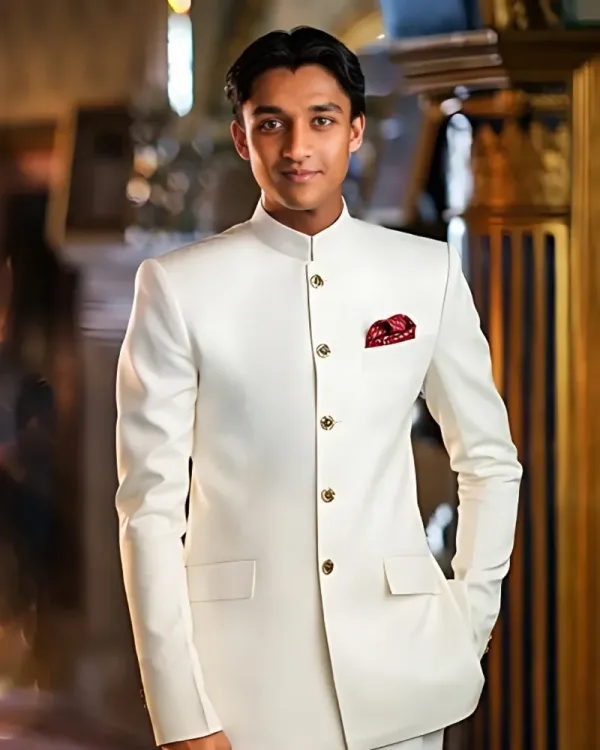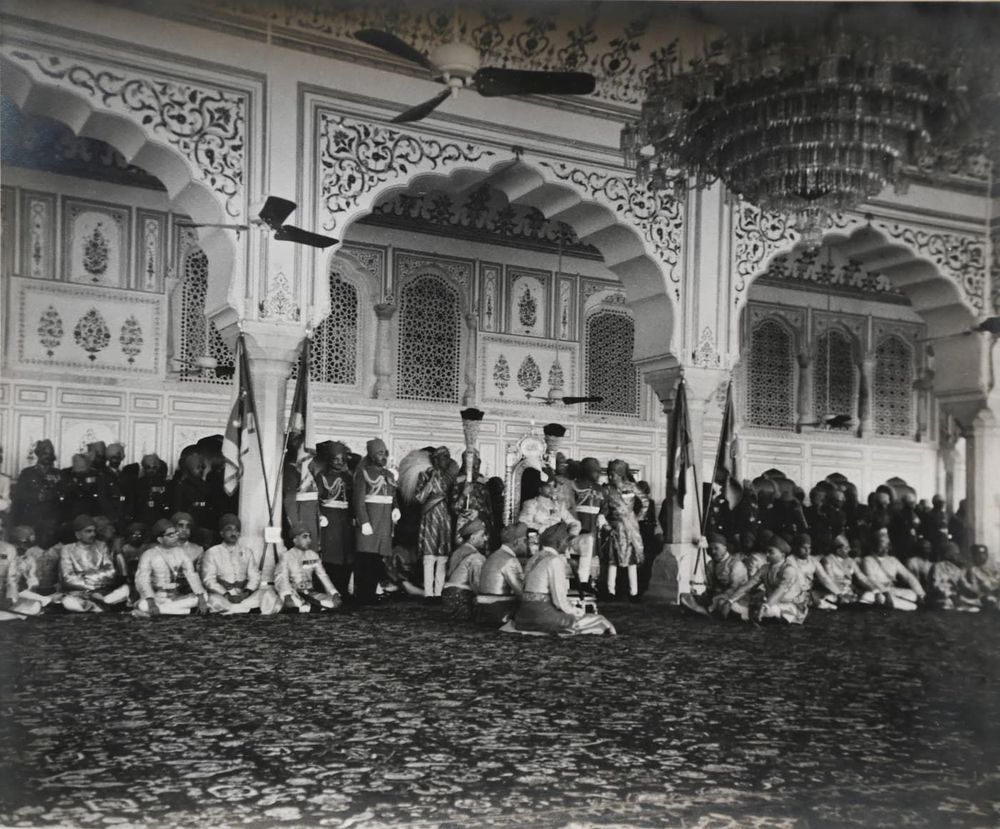
Our Story
A Journey Through Time
For nearly three centuries, the City Palace Museum, Jaipur has been the heart of Jaipur's royal heritage. From the visionary foundation by Maharaja Sawai Jai Singh II in 1727 to the present leadership of Maharaja Sawai Padmanabh Singh, our story spans generations of remarkable rulers, cultural achievements, and progressive vision. Each Maharaja and royal family member has contributed uniquely to Jaipur's legacy, making it one of India's most culturally rich and historically significant cities.
The Royal Dynasty Through Time
MAHARAJA SAWAI JAI SINGH II
Maharaja Sawai Jai Singh II was crowned ruler of Amer at eleven. In 1727, he founded Jaipur, the first planned city in India, and relocated the capital from Amer. He envisioned Jaipur as a thriving commercial hub and invited merchants, particularly Jain traders, artisans, and tradespeople from across India to settle in the new city, offering land and concessions. A prodigious ruler with sharp political acumen and a deep interest in mathematics and astronomy, he also commissioned five Jantar Mantar observatories. The remarkable legacy he left behind is a true reflection of his title “Sawai,” meaning someone more capable than the average person, bestowed upon him by Emperor Aurangzeb.
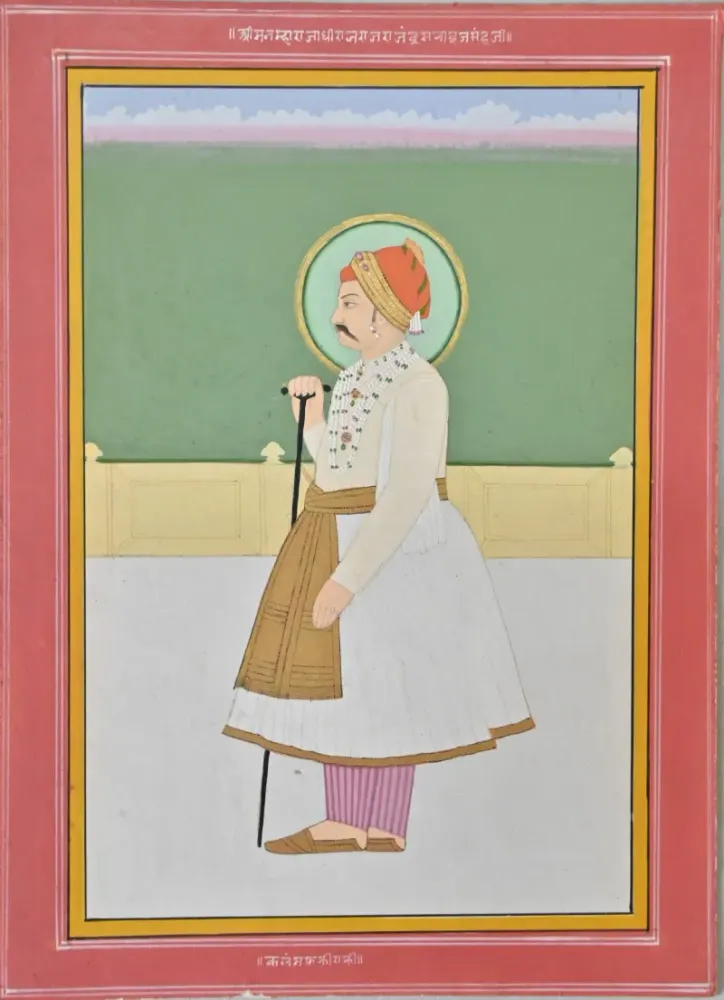
MAHARAJA SAWAI ISHWARI SINGH
Maharaja Sawai Ishwari Singh ascended to the throne of Jaipur in 1743, following his father's death. His authority, however, was opposed continuously by his younger half-brother Maharaja Sawai Madho Singh I, who attempted to seize the throne by force twice, but was unsuccessful. The impact of his reign is reflected in enduring legacies like the construction of Isarlat Sargasooli and his celebrated composition of the Bhakt Mala. Nevertheless, it was also destroyed by the civil wars supported by the Marathas and Mewar monarchs. After years of turmoil and opposition, his life came to an end in 1750.
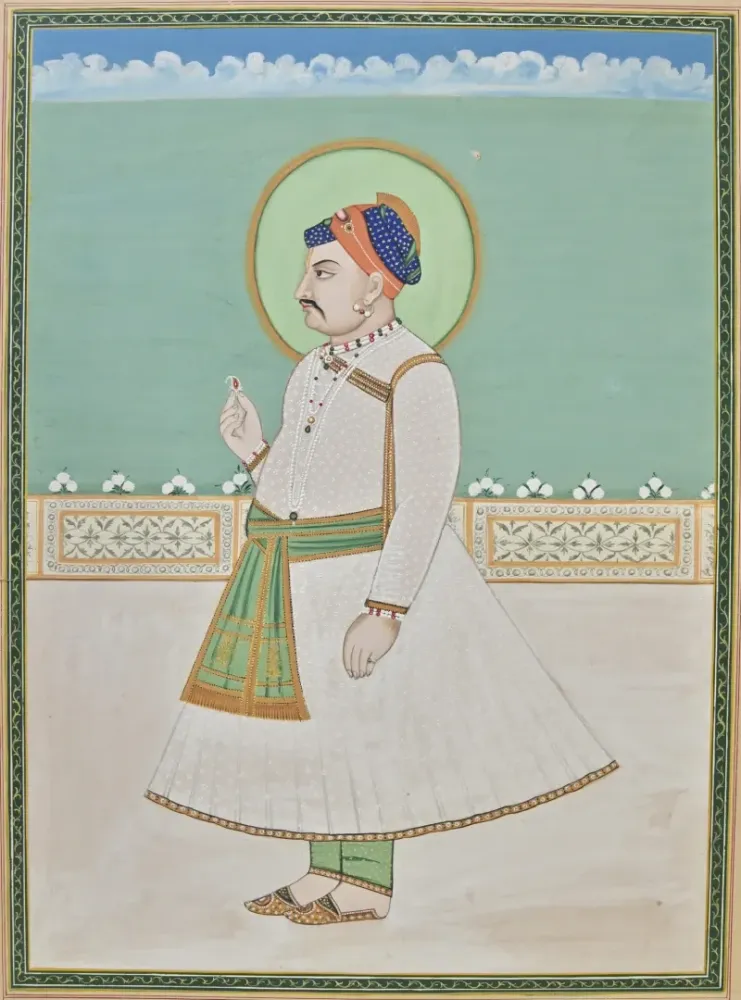
MAHARAJA SAWAI MADHO SINGH I
Maharaja Sawai Madho Singh ascended the throne of Jaipur, following the death of his half-brother. The Maratha and Mewar kingdoms supported his ascent. His reign is distinguished by a great deal of success, the most notable of which is his capture of the Ranthambhor fortress. His rule also saw a flourishing of Jaipur's literary and artistic heritage, with patronage extended to scholars like Dwarkanath Bhatt, Brijnath Bhatt, and Shyam Sunder, and the composition of his own works such as Subodh Kaumudi and Madhava-Nandini. He is also named for the construction of several notable buildings, including Madho Vilas and Moti Doongri. The end of his reign was marked by his passing on March 5, 1768.
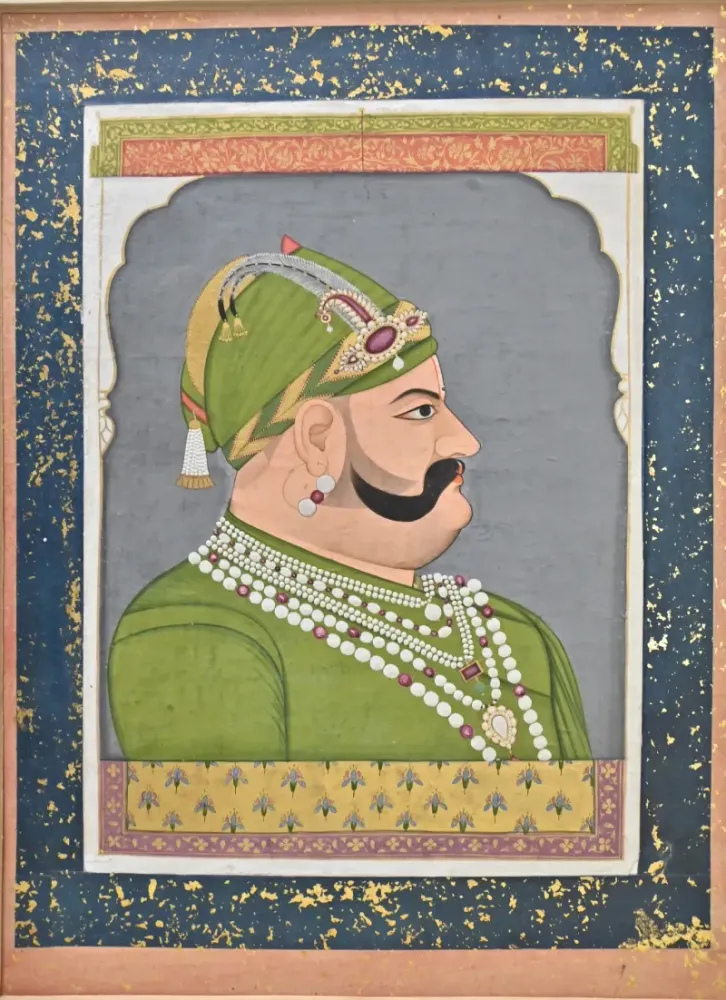
MAHARAJA SAWAI PRITHVI SINGH
Maharaja Sawai Prithvi Singh’s reign began in 1768, when he was just five years old. In keeping with the customs of the time, the regency was assumed by his father's elder queen, on the young king's behalf. However, at the age of fifteen, just as the Maharaja came of age to rule independently and take control, tragedy struck. His reign came to an unexpected end when he perished in a riding accident, having fallen from his horse before he could fully exercise his authority as ruler.
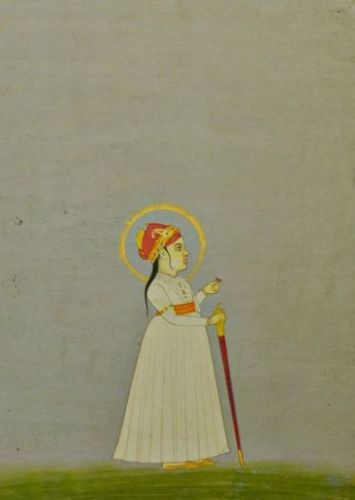
MAHARAJA SAWAI PRATAP SINGH
Ascending the throne at the age of thirteen, Maharaja Sawai Pratap Singh was among the most cultured rulers of Jaipur. A devotee of Lord Krishna, a poet himself, and an aesthete, his reign is remembered for its flourishing cultural and architectural achievements. These include various miniature paintings, illustrated manuscripts, and murals depicting scenes from various Hindu mythologies. Among his most iconic architectural contributions are the celebrated Hawa Mahal, the four deohris (gates) in Pritam Chowk, and the temple of Brijnidhi.
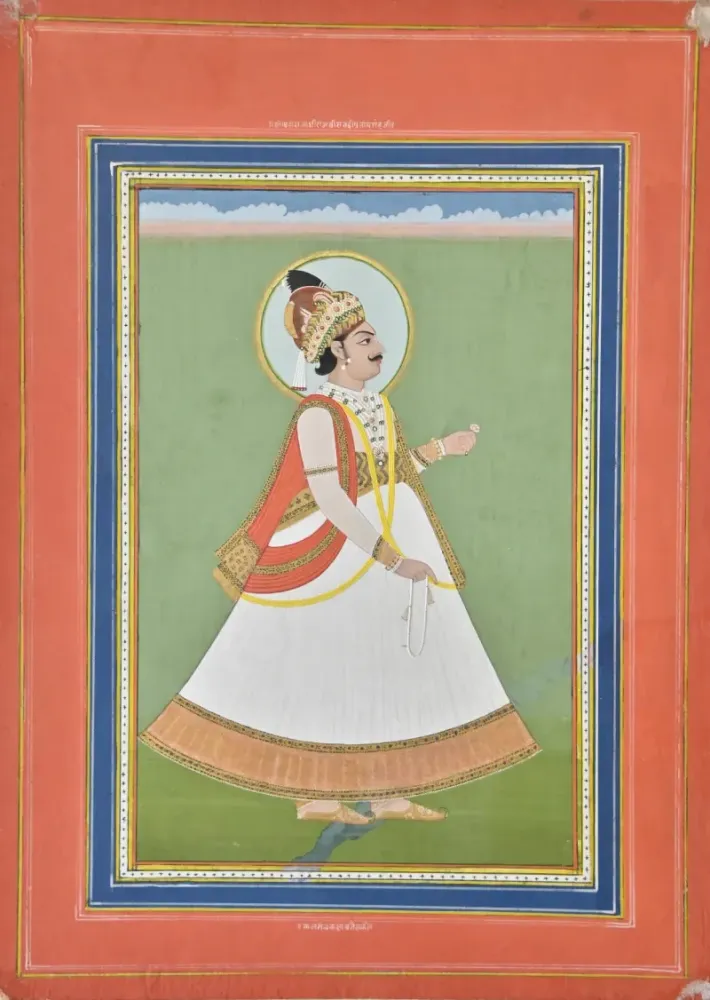
MAHARAJA SAWAI RAM SINGH II
Maharaja Sawai Ram Singh II, who ascended the throne in 1835, is remembered as one of Jaipur’s most progressive rulers. His reign saw major administrative reforms and the creation of departments for police, public health, education (Maharaja’s College in 1844), medicine, and taxation. What stands out most in his legacy is his deep admiration and remarkable talent for photography. His work includes striking self-portraits, images of court nobles, visiting dignitaries, and rare portraits of women from the Zenana, each beautifully blending Rajput tradition with modern sensibility. His deep appreciation for art and culture lives on through the founding of the Jaipur School of Arts.
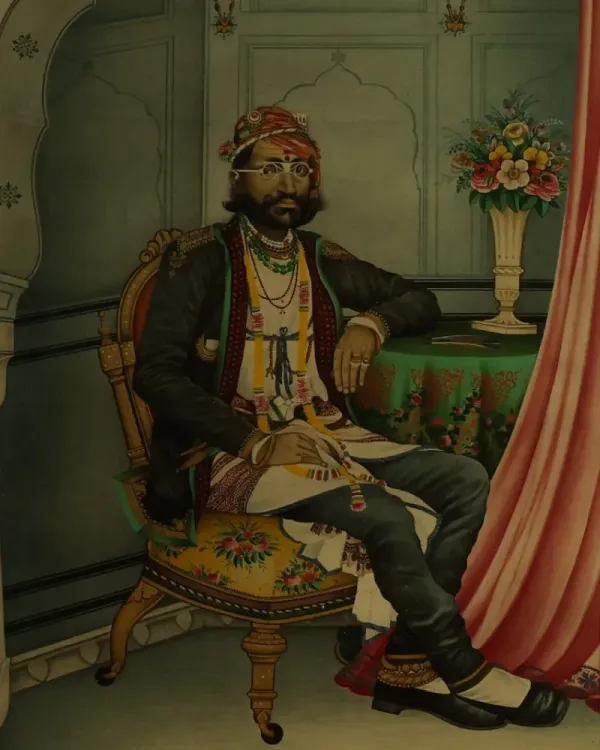
MAHARAJA SAWAI MADHO SINGH II
Maharaja Sawai Madho Singh II, the adopted heir of Maharaja Sawai Ram Singh II, continued to modernize and restructure Jaipur. He sanctioned the establishment of Albert Hall and later commissioned the construction of Mubarak Mahal. He also commissioned the Gangajalis, monumental silver urns, to carry sacred Ganga water with him on his voyage to England for the coronation of King Edward VII in 1902. At a time when crossing the seas was believed to compromise one’s ritual purity, these urns were created to uphold spiritual sanctity throughout the journey. Today, two Gangajalis stand on display at Sarvato Bhadra.
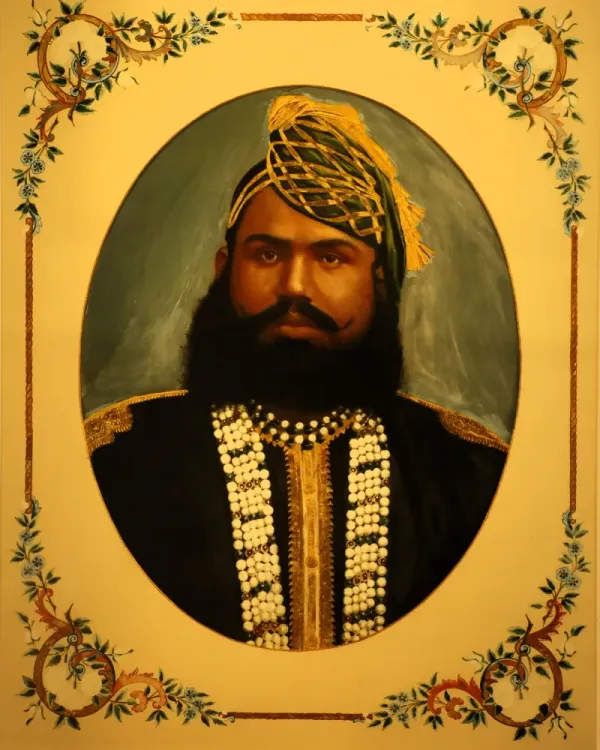
MAHARAJA SAWAI MAN SINGH II
Maharaja Sawai Man Singh II ascended the throne in 1922 at the age of ten. A passionate polo enthusiast since his early days in Kota and Mayo College, he founded the Jaipur Polo Team in the early 1900s. Under his leadership, the team rose to international acclaim, dominating championships in England and making Jaipur a global name in the world of polo. From commemorating the Silver Jubilee of his ascension to the throne to acting as Rajpramukh of Rajasthan and India's ambassador to Spain after independence, he added many additional layers to Jaipur's royal history.
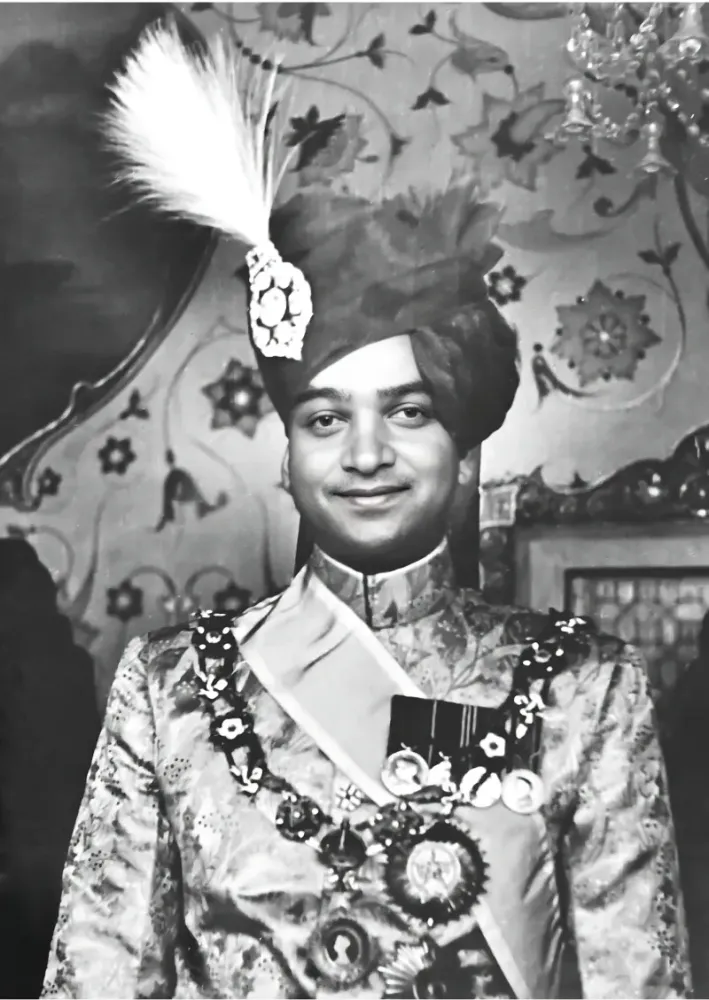
MAHARANI GAYATRI DEVI
A defining figure of her era, Rajmata Maharani Gayatri Devi played a pivotal role in advancing the cause of women’s empowerment in India. Unapologetically progressive, she broke away from tradition, spoke out against purdah, and championed education for girls at a time when few dared to. Her influence extended beyond Jaipur, as she became a public figure of national importance. In 1962, she entered politics with a landmark victory, winning what was then the largest electoral majority recorded in the world. Her legacy continues through the Maharani Gayatri Devi Girls’ School, a pioneering institution she founded in 1943.
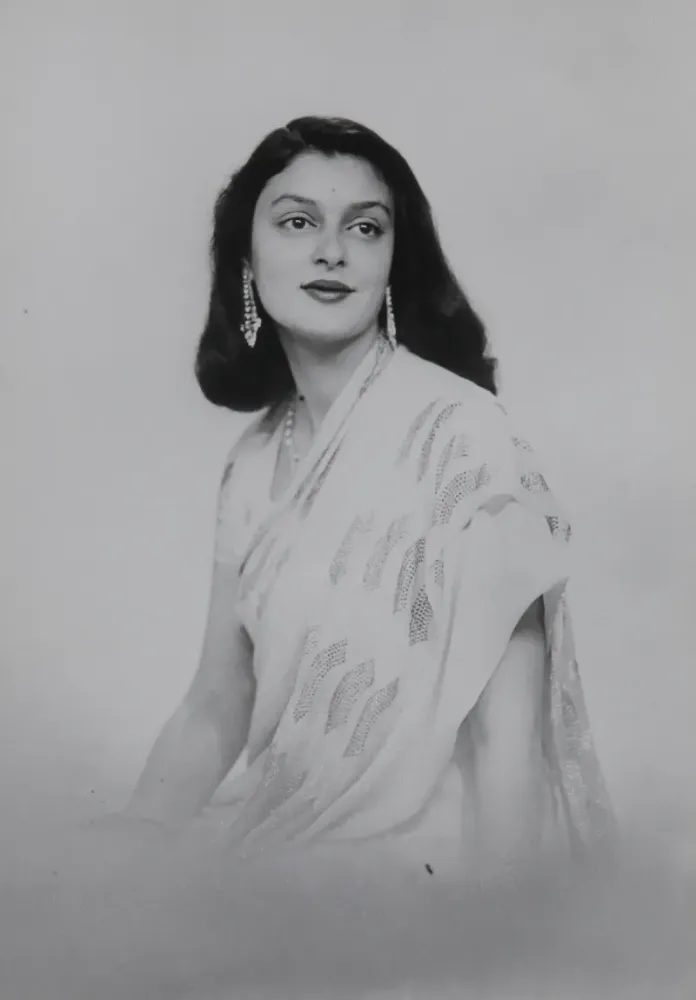
HIS HIGHNESS BRIGADIER MAHARAJA SAWAI BHAWANI SINGH
Maharaja Sawai Bhawani Singh succeeded his father as Jaipur’s heir in 1970. He attended Doon School in Dehradun before continuing his education at Harrow. He served with distinction in the Indian Army, commanding the 10th Parachute Regiment during the 1971 war, for which he was awarded the Mahavir Chakra and later attained the rank of Brigadier. An international polo ambassador and founding member of the Federation of International Polo, throughout his tenure, he represented the state and country with distinction.
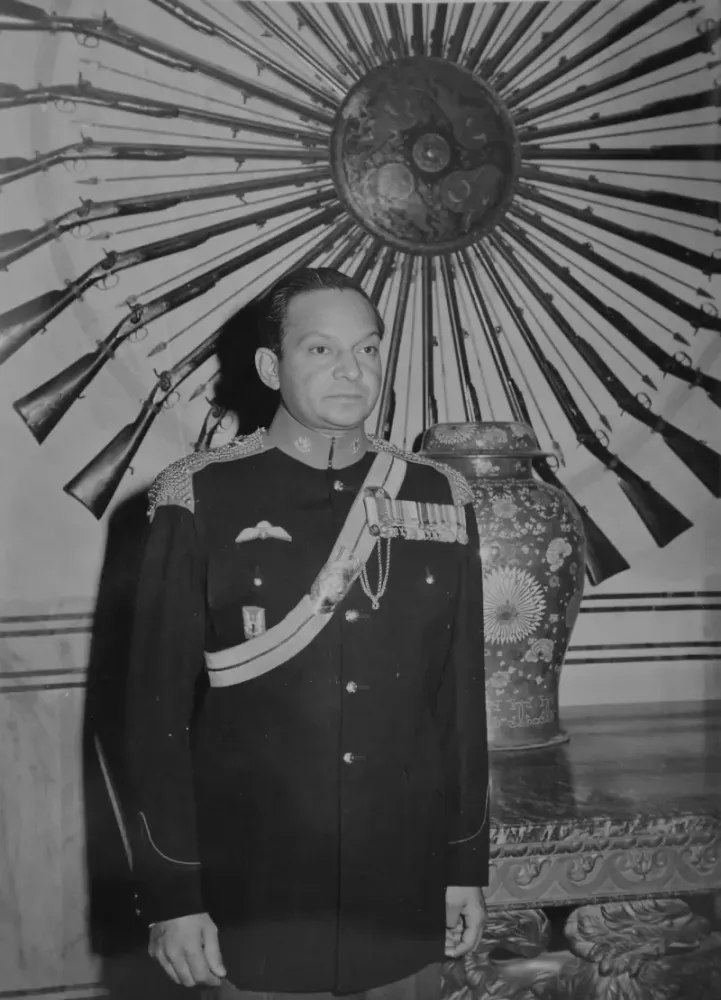
RAJMATA PADMINI DEVI
Rajmata Padmini Devi of Jaipur, daughter of Maharaja Rajendra Prakash of Sirmaur, became Maharani in 1970 after marrying Maharaja Sawai Bhawani Singh. She received the title Rajmata following his passing in 2011. Educated in India and abroad, she is dedicated to preserving Jaipur’s cultural heritage and actively supports the City Palace, Jaigarh, and Shri Shila Mataji Temple in Amer.
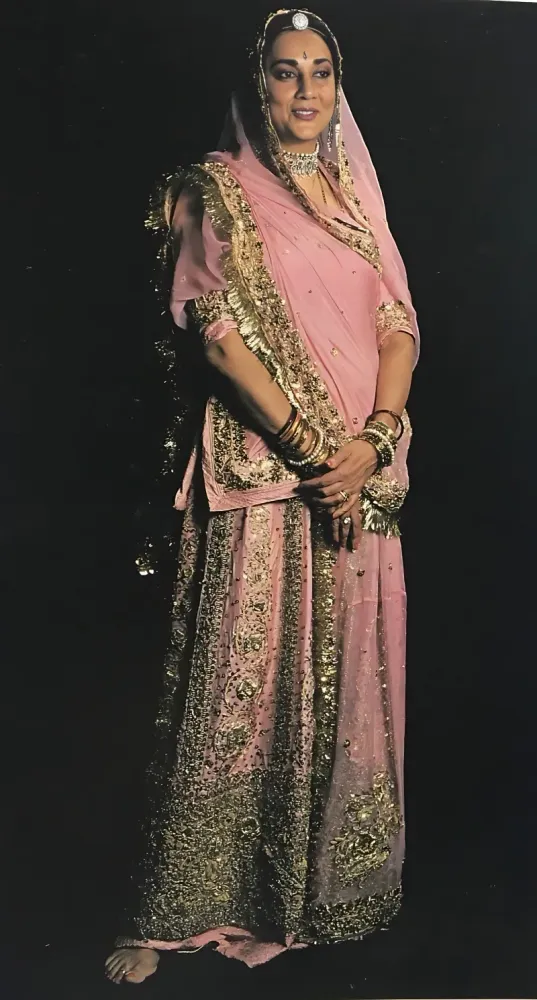
PRINCESS DIYA KUMARI
Princess Diya Kumari, Deputy Chief Minister of Rajasthan, combines royal legacy with public leadership. She is the only child of the late Brig. Maharaja Sawai Bhawani Singh MVC and Rajmata Padmini Devi of Jaipur, and has emerged as a prominent figure. However, her legacy is deeply founded in her commitment to strengthening Jaipur's women. An ideal example of this is the Princess Diya Kumari Foundation, which she formed to promote the empowerment of women. She leads a diverse range of initiatives, including schools, museums, trusts, non-governmental organizations (NGOs), and heritage hospitality ventures, carrying on a history of responsibility with purpose and vision.
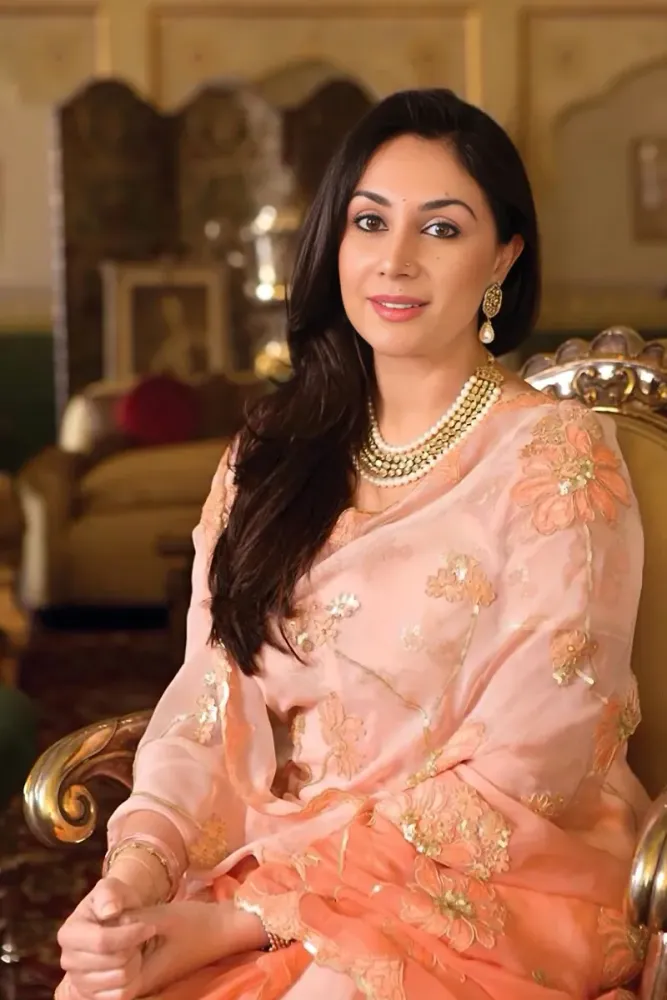
HIS HIGHNESS MAHARAJA SAWAI PADMANABH SINGH
As the current Maharaja of Jaipur, His Highness Padmanabh Singh remains one of the most visible figures of the city’s royal tradition. Born to Princess Diya Kumari and Maharaj Narendra Singh, he was later adopted by his grandfather, Brig. Maharaja Sawai Bhawani Singh MVC, as heir to the Jaipur throne. Following his grandfather’s passing, he was formally anointed Maharaja of Jaipur in 2011 in a traditional Raj Tilak ceremony. Educated at Mayo College, Millfield School, NYU, and in Rome, he is also an international polo player and the youngest Indian to lead and win the Indian Open Championship. Today, as Chairman of the Maharaja Sawai Man Singh II Museum Trust as well as the Jaigarh Public Charitable Trust, he leads efforts in heritage preservation, cultural programming, and sustainable development, launching initiatives like The Sarvato and the Jaipur Centre for Art. The continuous effort he makes to carry forward the legacy of his ancestors is an attestation to his cultural roots and vision.
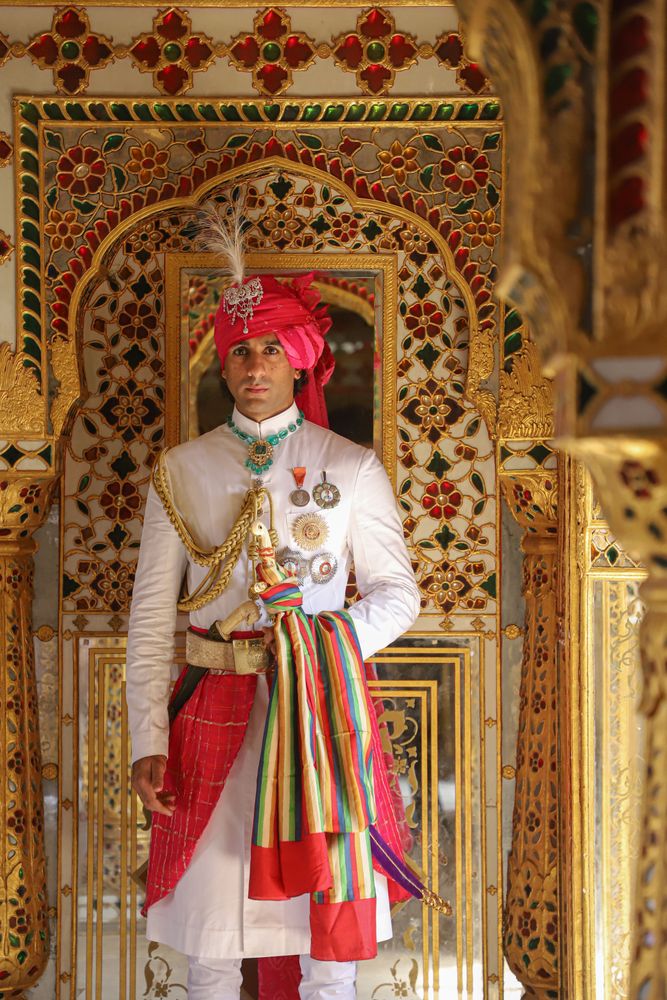
PRINCESS GAURAVI KUMARI OF JAIPUR
Princess Gauravi Kumari is a prominent young voice in today’s time. Born to Princess Diya Kumari and Maharaj Narendra Singh, she has carved a distinctive identity for herself. Receiving her early education in India and later graduating from New York University with a major in Media and Communication, she has also been an active member of the UNICEF community. Today, she is leading the front at the Princess Diya Kumari Foundation (PDKF) as its General Secretary. She is also the founder of The Palace Atelier, a concept store located within the City Palace complex that brings together elements of royal heritage and contemporary design. Princess Gauravi exemplifies how tradition and modernity can coexist, engaging meaningfully with her lineage while driving forward socially conscious and creative ventures.
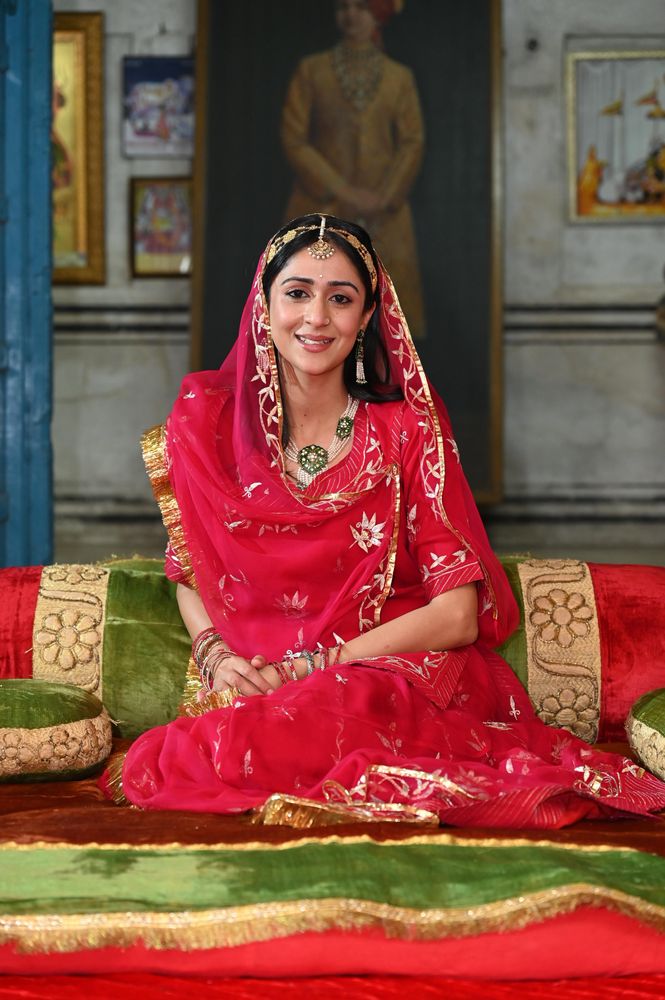
HIS HIGHNESS MAHARAJA LAKSHRAJ PRAKASH SINGH OF SIRMAUR
His Highness Maharaja Lakshraj Prakash Singh of Sirmaur is the youngest child of Princess Diya Kumari. Currently pursuing his education, he was appointed as the Maharaja of the former princely state of Sirmaur at the mere age of nine. Though young, he represents the continuing legacy of the royal family, carrying forward its heritage into a new generation.
